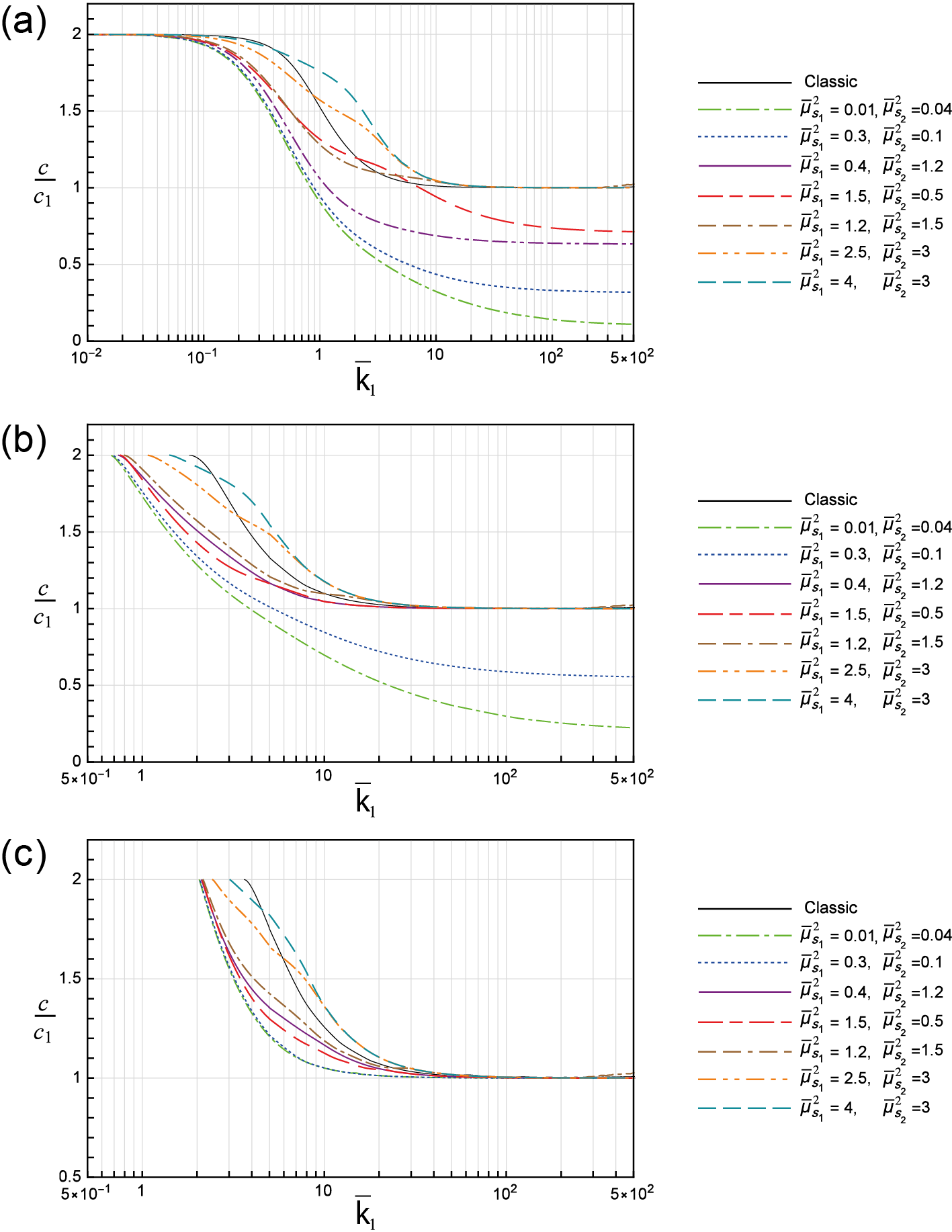Hossein M. Shodja

Using the mathematical framework of surface/interface elasticity theory, an analytical solution is presented for the antiplane scattering of Love waves by a surface-breaking crack normal to the free surface of an ultra-thin layer bonded to a semi-infinite medium. Fourier transform technique is used to formulate the corresponding mixed-boundary value problem as a singular integral equation of Cauchy type. Within the context of the present theory, the scattered stress field, the Mode III dynamic stress intensity factor (DSIF) at the crack-tip, and the reflection coefficient at large distances from the crack face are computed and plotted for different wave numbers and surface/interface parameters. The dispersion relation is also derived within this framework. Contrary to the predictions based on classical theory, surface elasticity theory predicts that Love waves can propagate:(a) in an elastic half-space without the over-layer, and (b) in the layer-substrate system when the shear wave velocity of the layer is greater than that of the substrate. In the given numerical examples, the inevitable role of surfaces and interfaces in the presence of nano-structure is well approved and it is shown that the surface/interface effect is particularly remarkable for short wavelengths which are comparable to the surface/interface characteristic length.

Variation of the normalized phase velocity, c/c1 with the normalized wave number, for different values of surface/interface parameter. The displayed variations are pertinent to the (a) first, (b) second, and (c) third mode of Love waves.
Surface/interface effect, Love waves, Nano-size crack, Ultra-thin layer, Elastic half-space